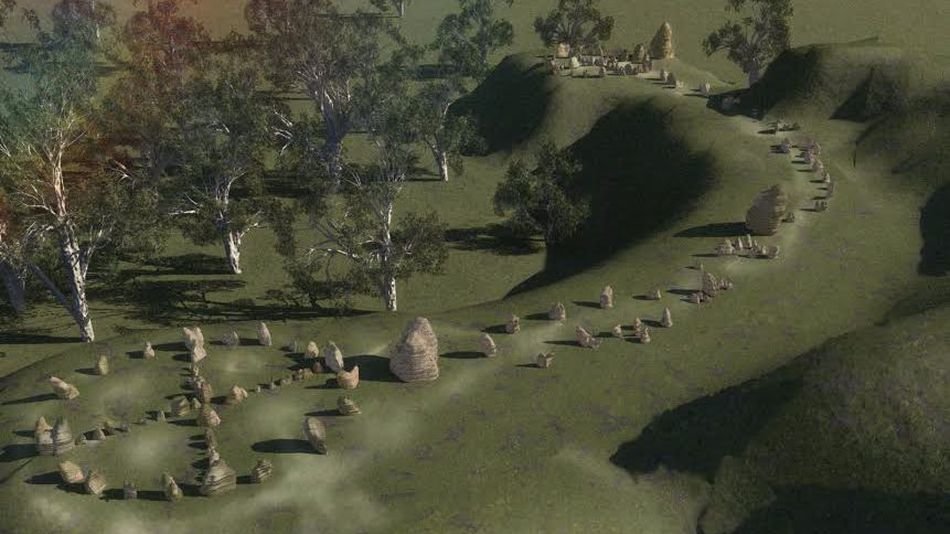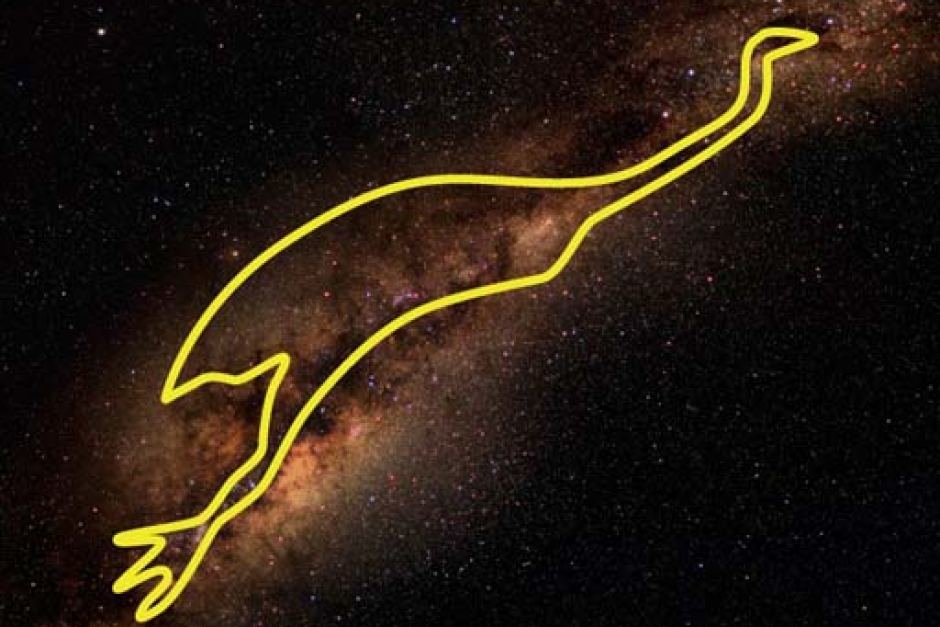
Scientists studying the Wurdi Yuangstone arrangement say it could date back more than 11,000 years and provide clues into the origins of agriculture.
Duane Hamacher, a leader in the study of Indigenous astronomy, has been working with Aboriginal elders at the site to reconstruct their knowledge of the stars and planets.
"Some academics have referred to this stone arrangement here as Australia's version of Stonehenge," Dr Hamacher said.
"I think the question we might have to ask is: is Stonehenge Britain's version of Wurdi Yuang? Because this could be much, much older."
If the site is more than 7,000 years old, it will rewrite history and further disprove the notion that first Australians were uniformly nomadic hunter-gatherers.

Custodian Reg Abrahams said the region around the observatory seemed to have once had semi-permanent villages with evidence of early fishing and farming practices.
"If you're going to have a stone arrangement where you mark off the seasons throughout the year with the solstices and equinoxes, it kind of makes sense if you're at least most of the year in one specific location to do that," he said.
"So if that's the case, it would make sense if you're near permanent food and water sources."
He said there were areas where eel traps would have been set up and even signs of gilgies, or terraces used in farming.
"You see a lot of agricultural and aquacultural practices, so evidence of this agriculture may go back tens of thousands of years, pre-dating what anthropologists commonly think of as the dawn of agriculture which is about 11,000 years ago in Mesopotamia," he said.
Dr Hamacher said early first Australians had complex knowledge systems.
"They understand very well the motions of the sun, the moon, the planets and the stars throughout the year and over longer periods of time," he said.
"White Australians don't generally recognise that the history of colonialism has erased that, so what we're doing is helping the communities piece that information back together by working with communities."
Traditional owners like Judy Dalton-Walsh say research into the site and Aboriginal astronomy means that the knowledge can continue to be passed on.
"We learnt at school the European names for the stars and the Milky Way and it's also good to know that we traditionally had a name for them as well. Our gods were up there in the stars," she said.




Reader Comments
Can't most people keep track of this sort of thing mentally?
I posit that this structure had a much more significant meaning than just tracking the sun.
I would really like to re post this, BUT Mullumbimby is on the north coast of New South Wales, not in the Victorian Bush.
VIctoria is another state and hundreds of miles away from the Mullumbimby site.
Please get your facts straight SOTT, otherwise your articles lose credibility.
Also the author misspells Mullumbimby.
I'm wondering if these structures were built by cultures around the world for the purpose of writing a new calendar. Everytime the world is destroyed and the poles change a new calendar has to be created.